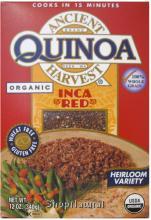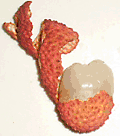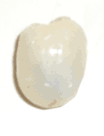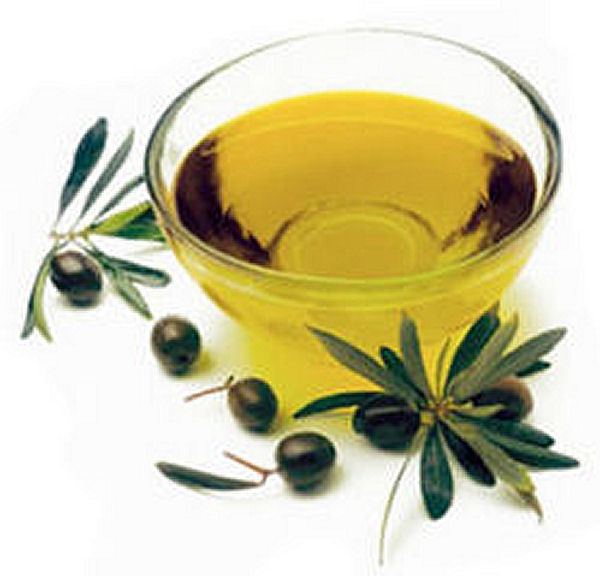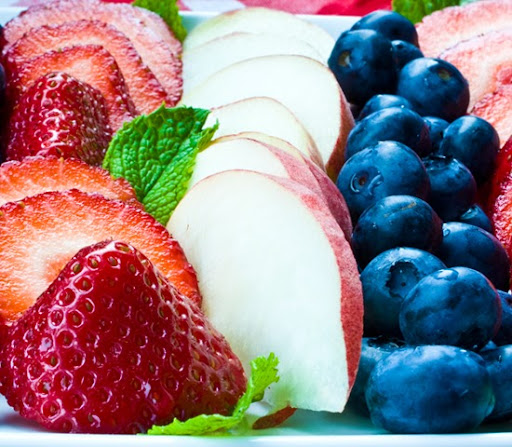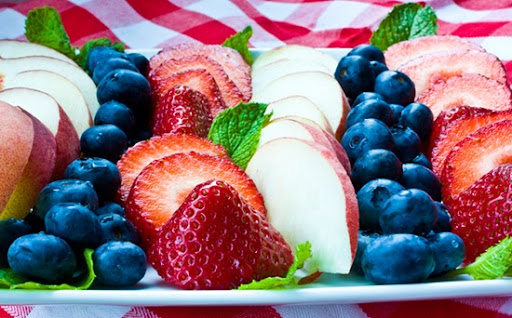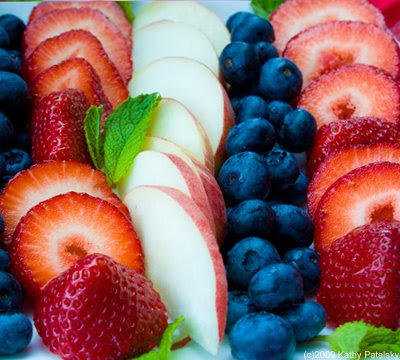
High alkaline vegetables are
included in each of the US Department of Agriculture Food Pyramid's
vegetable subgroups. Eating alkaline-rich foods, such as vegetables and
fruits, helps neutralize the excess acid that builds up in the body as a
result of eating an abundance of meat, poultry and dairy products.
Consuming more vegetable proteins and less animal proteins may decrease
the risk of bone loss and fracture, especially in postmenopausal women,
according to the online synopsis of "Building Bone Vitality," a 2009
book that discusses risk factors and preventive measures for
osteoporosis.
Grasses and Sprouts
The
vegetables with the overall highest alkalinity are grasses and sprouts.
Raw foods are more alkalizing than cooked foods, which tend be
acidifying. You can use sprouts raw in salads or blend grasses into your
smoothies for an alkaline boost. Some of these vegetables are wheat
grass, alfalfa grass, barley grass, soy sprouts and sprouted radish
seeds.
Dark Green Vegetables
A
healthy diet should consist of a higher percentage of alkaline-forming
foods than acid-forming foods, according to a 2007 Tufts University
study titled "Bone Health In The Elderly" that suggests protein's
positive effects on lean muscle may be increased when you eat a
vegetable-rich diet. Spinach and fresh endive are the most alkaline-rich
leafy green vegetables. Other good choices to raise alkalinity are
broccoli, romaine lettuce, escarole, kale and Brussels sprouts. Greens,
such as dandelion, chard, collard, and mustard are highly alkaline as
well.
Orange Vegetables
For
an alkaline boost, choose orange vegetables, such as sweet potato,
carrot, acorn or butternut squash and pumpkin. Orange vegetables are not
only alkaline-forming, they are rich in beta-carotene, which helps the
body create vitamin A, contributing to good vision and a healthy immune
system.
Root Vegetables
One
of the most alkalizing foods is the summer black radish, which is most
beneficial when eaten raw and unpeeled. Red radishes, turnips, beets and
parsnips are also high alkaline root vegetables.
Legumes
Some
legume products raise the alkaline level in your system and help
neutralize the acid. These include tofu, fresh soybeans, lima beans,
white navy beans, green beans and green peas. Other foods in the legume
or bean and pea family are more acidic than alkaline. If you eat too
many acidic or acid-forming foods, your body begins to leach calcium
from your bones to balance the pH levels in your system.
Other Vegetables
Asparagus, onions and garlic are high alkaline vegetables. Also alkaline-rich are
okra, artichokes and zucchini. Tomatoes, bell peppers, cucumbers and avocado are
alkalizing fruits that are sometimes classified as vegetables
okra, artichokes and zucchini. Tomatoes, bell peppers, cucumbers and avocado are
alkalizing fruits that are sometimes classified as vegetables













